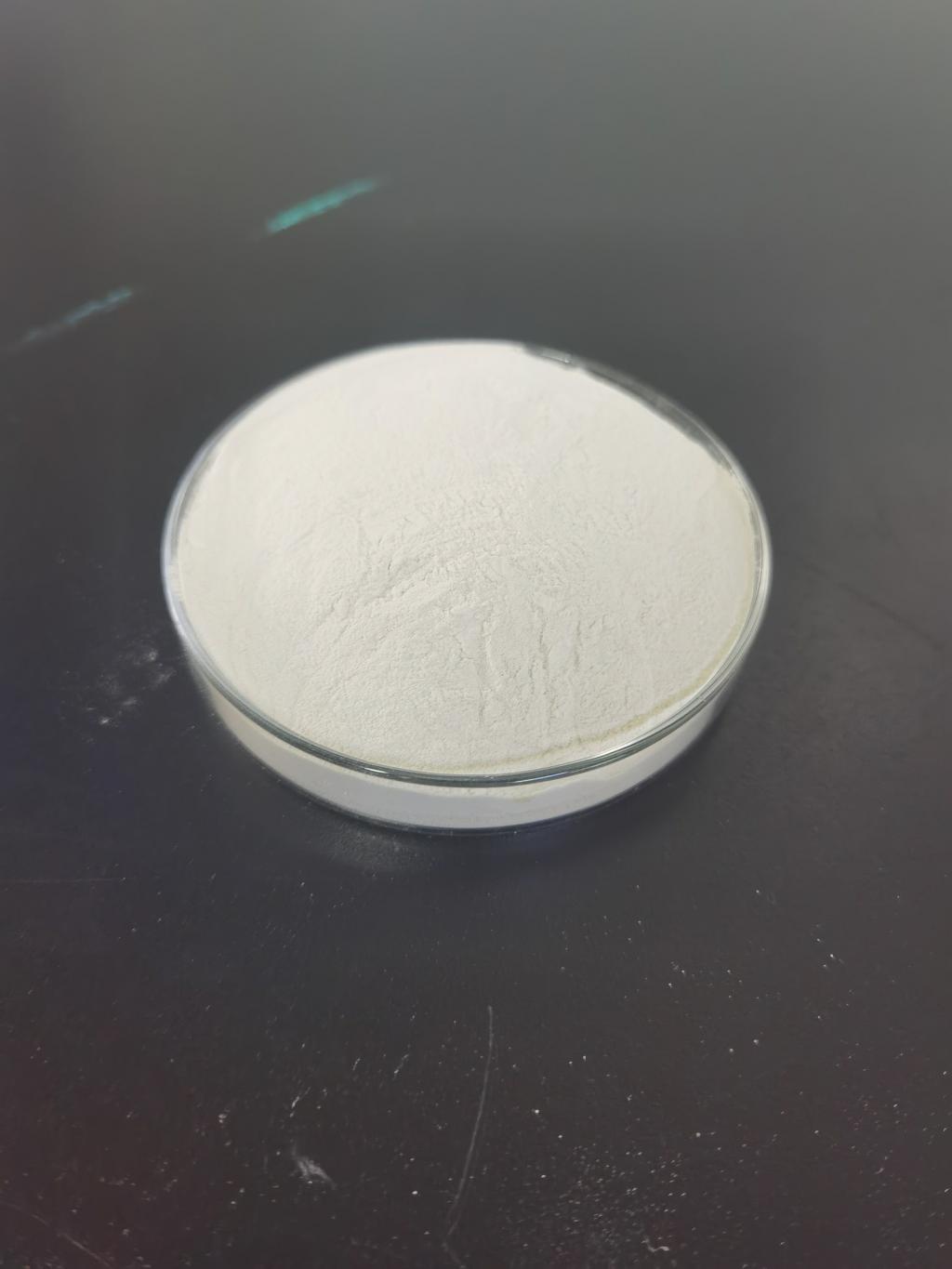Tel:+8618231198596

News
 CONTACT
CONTACT
 CONTACT
CONTACT
- Linkman:Linda Yao
- Tel: +8618231198596
- Email:linda.yao@dcpharma.cn
- Linkman:CHARLES.WANG
- Department:Overseas
- Tel: 0086 0311-85537378 0086 0311-85539701
News
Nisin in animal feed additives.
TIME:2024-05-16
Mechanisms of Action:
Nisin exerts its antimicrobial activity primarily by disrupting the cell membrane integrity of susceptible bacteria. It binds to lipid II, a precursor molecule involved in cell wall synthesis, leading to pore formation and leakage of intracellular contents, ultimately resulting in cell death. This mode of action makes nisin effective against a wide range of Gram-positive bacteria, while sparing Gram-negative bacteria due to differences in their cell wall structure.
Benefits of Nisin in Animal Feed Additives:
Pathogen Control: Nisin has been shown to effectively control the growth of various pathogens commonly found in animal feed and gastrointestinal tracts, including Clostridium perfringens and Salmonella spp. Its ability to reduce pathogen load contributes to improved animal health and reduces the risk of foodborne illness in humans consuming animal products.
Growth Promotion: Beyond its antimicrobial properties, nisin has been reported to have growth-promoting effects in animals. Studies have demonstrated that dietary supplementation with nisin can enhance feed efficiency, increase weight gain, and improve overall performance in livestock, poultry, and aquaculture species.
Preservation of Feed Quality: Incorporating nisin into animal feed formulations can help prevent spoilage and extend the shelf life of feed ingredients by inhibiting the growth of spoilage microorganisms. This contributes to maintaining feed quality and nutrient content, especially in situations where feed storage conditions may not be optimal.
Regulatory Considerations:
In many countries, nisin is approved as a food additive with established maximum residue limits (MRLs) for various food products. However, its use as a feed additive may be subject to specific regulations and approvals by regulatory authorities responsible for animal feed safety. Manufacturers and producers interested in incorporating nisin into animal feed formulations should ensure compliance with relevant regulatory requirements and obtain necessary approvals before commercial use.
Future Perspectives:
The growing demand for safe and sustainable animal production practices has driven ongoing research into alternative strategies for disease control and growth promotion in animal agriculture. Nisin, as a natural antimicrobial peptide with proven efficacy and safety, holds promise as a valuable component of future animal feed additives. Further research is warranted to optimize its application, explore potential synergistic effects with other feed additives, and assess its long-term impact on animal health, productivity, and food safety.
Conclusion:
Nisin represents a promising option for enhancing animal health and safety in animal husbandry. Its broad-spectrum antimicrobial activity, growth-promoting effects, and safety profile make it an attractive candidate for use as a feed additive in various livestock, poultry, and aquaculture production systems. However, further research and regulatory considerations are needed to fully realize the potential benefits of nisin in animal feed additives and ensure its safe and responsible use in animal agriculture.
- Tel:+8618231198596
- Whatsapp:18231198596
- Chat With Skype







